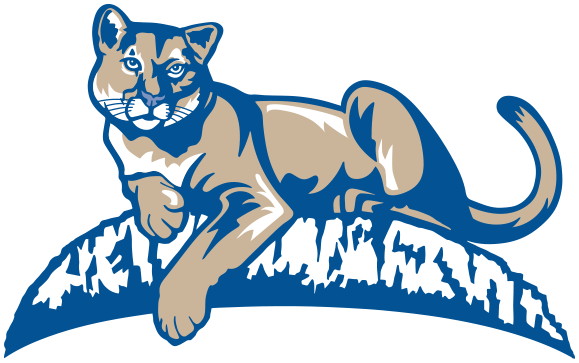The Library and Technology program at Linton is designed to encourage the love of reading; to educate students in the proficient use of ideas and information in a nurturing, challenging, and structured environment; to equip students to make information based decisions, and to use technology appropriately and effectively to be successful as a 21st Century learner.
Linton Technology
- Smartboards in every classroom!
- Netbooks for each student in Grades 3-5!
- Fully stocked laptop cart for classroom checkout.
- 16 IPAD’s with several curriculum related applications for students to use.
- 21 IPOD Touches with several curriculum related applications for students to use.
- 22 Nook E Readers that are used in the Media Center for free reading time!
- Smart Clickers-an interactive Student Response System to assess learning.
- Thanks to our voters, we have a beautiful new computer lab for all classes to use!
Media Center Highlights
-
Collection-There are approximately 17,000 items in our collection, and it continues to grow thanks to our generous PTO! Books, magazines, reference works, and books on tape are available for students and staff.
-
Skills-Students are taught how to access, evaluate, and use information for both learning and personal enjoyment. Students learn about the areas of the library and how to locate materials independently.
-
Integration-Library skills are almost always integrated with classroom units.
The skills taught in the library and computer lab are based on district and statewide information literacy standards and 21st Century Skills-see below for details.
21st CENTURY SKILLS
Critical Thinking and Reasoning
Students use critical thinking skills to plan and conduct research, manage projects, solve problems, and make informed decisions using appropriate
digital tools and resources. Students:
a. identify and define authentic problems and significant questions for investigation
b. plan and manage activities to develop a solution or complete a project
c. collect and analyze data to identify solutions and/or make informed decisions
d. use multiple processes and diverse perspectives to explore alternative solutions
Information Literacy
Students apply digital tools to gather, evaluate, and use information. Students demonstrate a sound understanding of technology concepts, systems,
and operations. Students:
a. plan strategies to guide inquiry
b. locate, organize, analyze, evaluate, synthesize, and ethically use information from a variety of sources and media
c. evaluate and select information sources and digital tools based on the appropriateness to specific tasks
d. process data and report results
e. understand and use technology systems
f. select and use applications effectively and productively
g. troubleshoot systems and applications
h. transfer current knowledge to learning of new technologies
Collaboration
Students use digital media and environments to communicate and work collaboratively, including at a distance, to support individual learning and
contribute to the learning of others. Students:
a. interact, collaborate, and publish with peers, experts, or others employing a variety of digital environments and media
b. communicate information and ideas effectively to multiple audiences using a variety of media and formats
c. develop cultural understanding and global awareness by engaging with learners of other cultures
d. contribute to project teams to produce original works or solve problems
Self-direction
Students understand human, cultural, and societal issues related to technology and practice legal and ethical behavior. Students:
a. advocate and practice safe, legal, and responsible use of information and technology
b. exhibit a positive attitude toward using technology that supports collaboration, learning, and productivity
c. demonstrate personal responsibility for lifelong learning
d. exhibit leadership for digital citizenship
Invention
Students demonstrate creative thinking, construct knowledge, and develop innovative products and processes using technology. Students:
a. apply existing knowledge to generate new ideas, products, or processes
b. create original works as a means of personal or group expression
c. use models and simulations to explore complex systems and issues
d. identify trends and forecast possibilities
An Alignment of Colorado Academic Standards concepts with ISTE (International Society for Technology in Education) benchmarks. Copyright © 2007.
ISTE contact information: 1.800.336.5191 (U.S. & Canada) or 1.541.302.3777 (Int’l), iste@iste.org, www.iste.org. All rights reserved.


